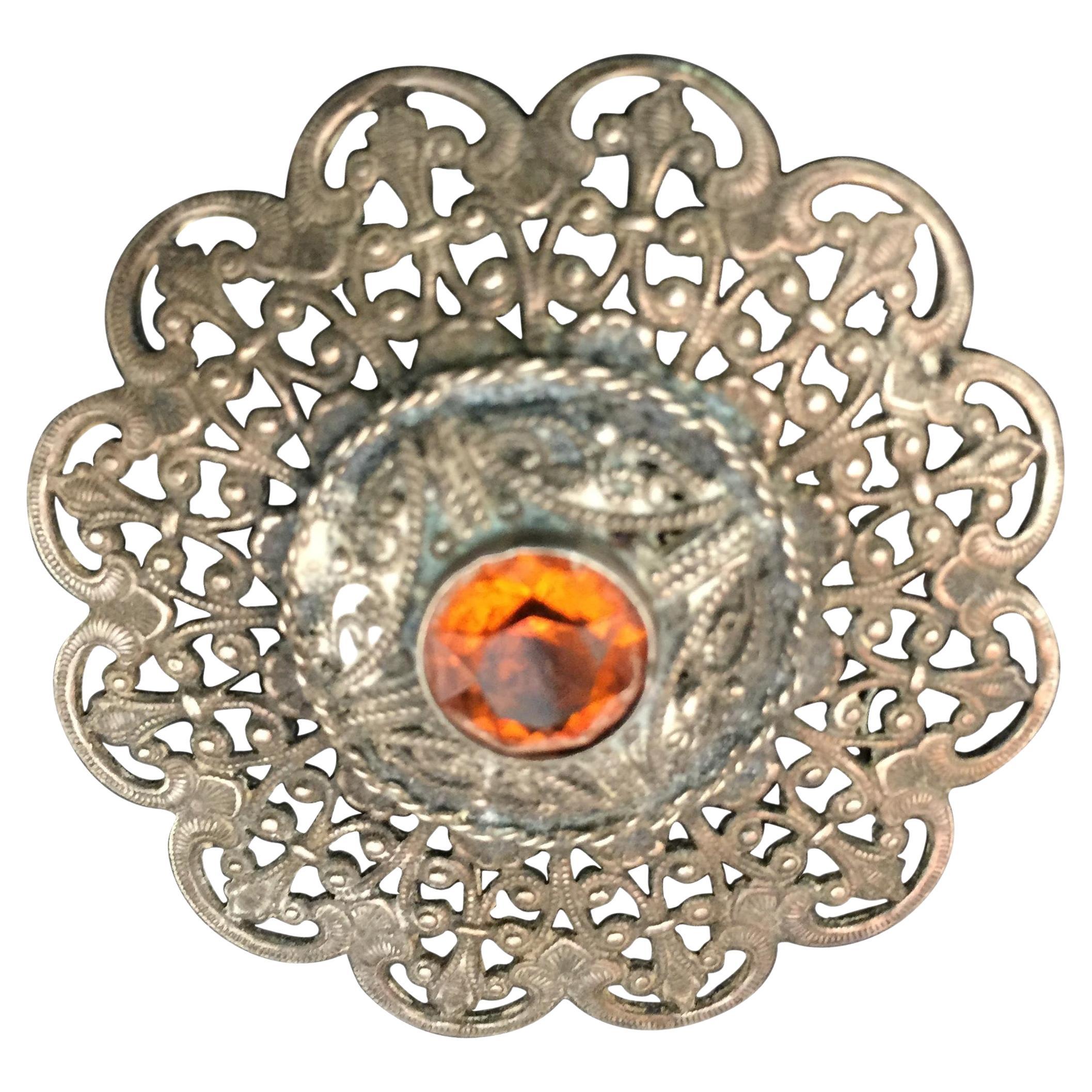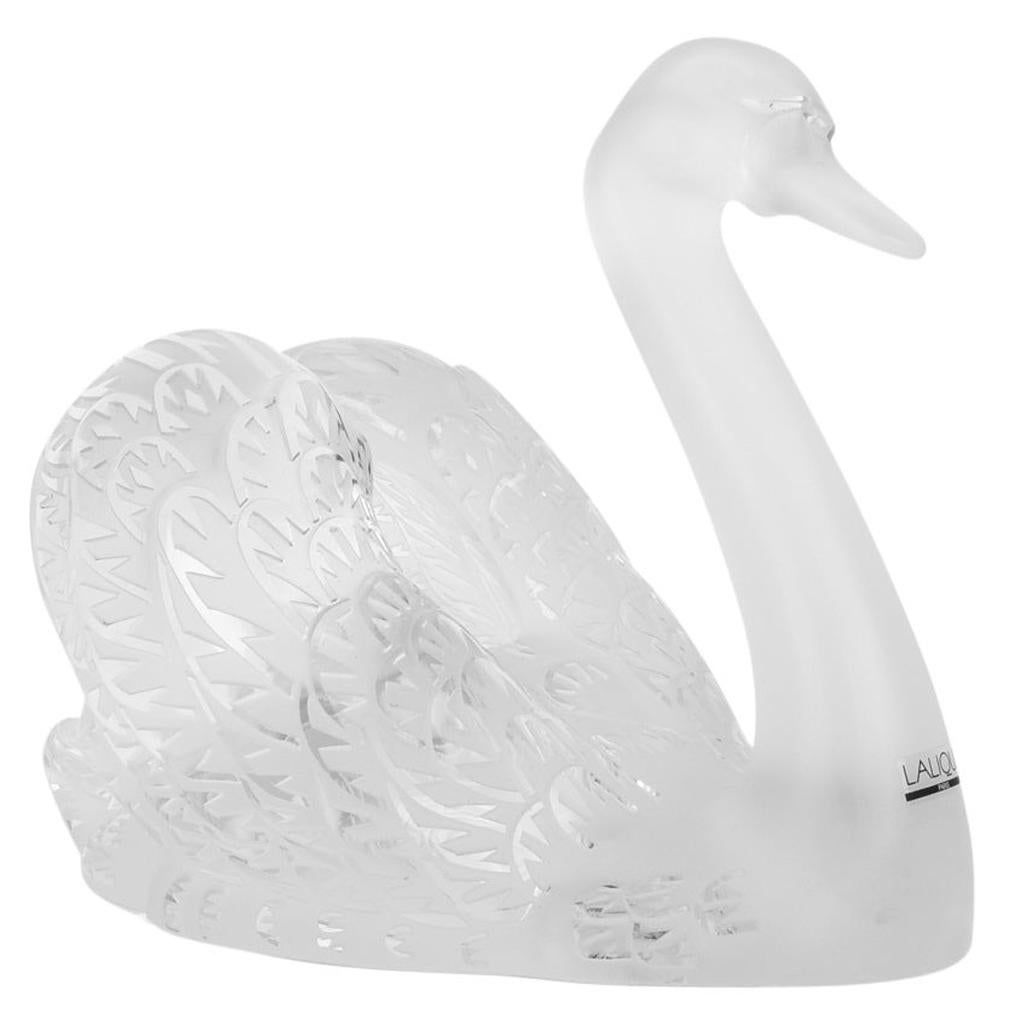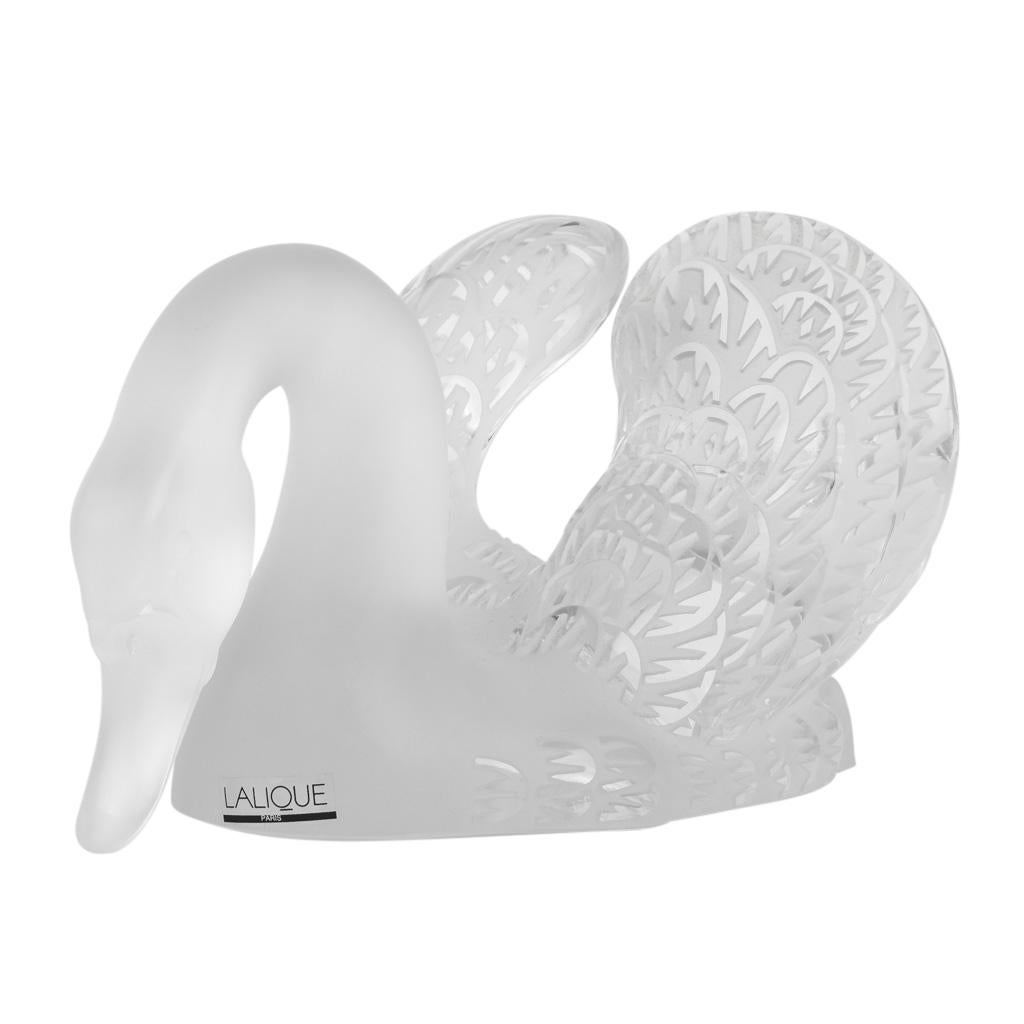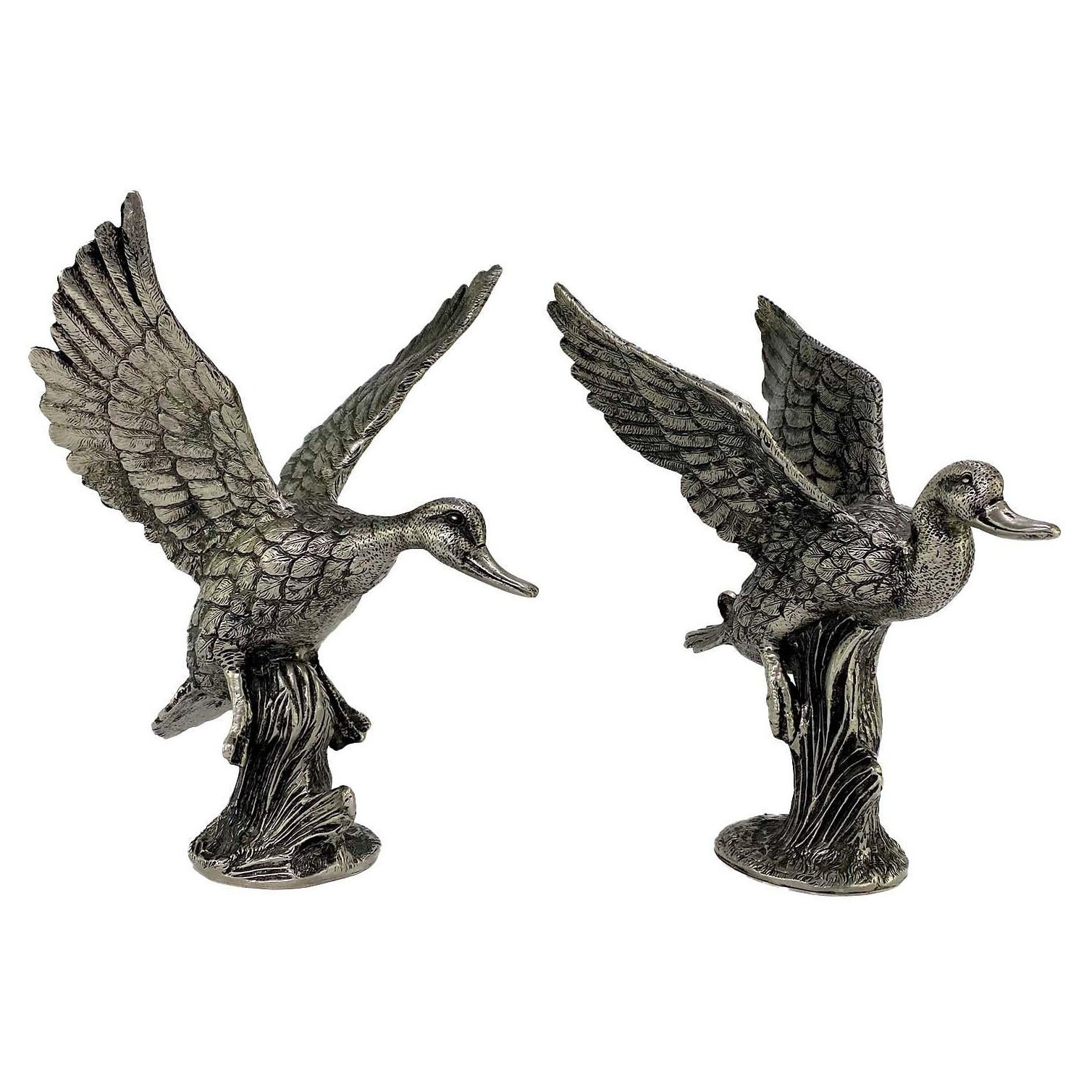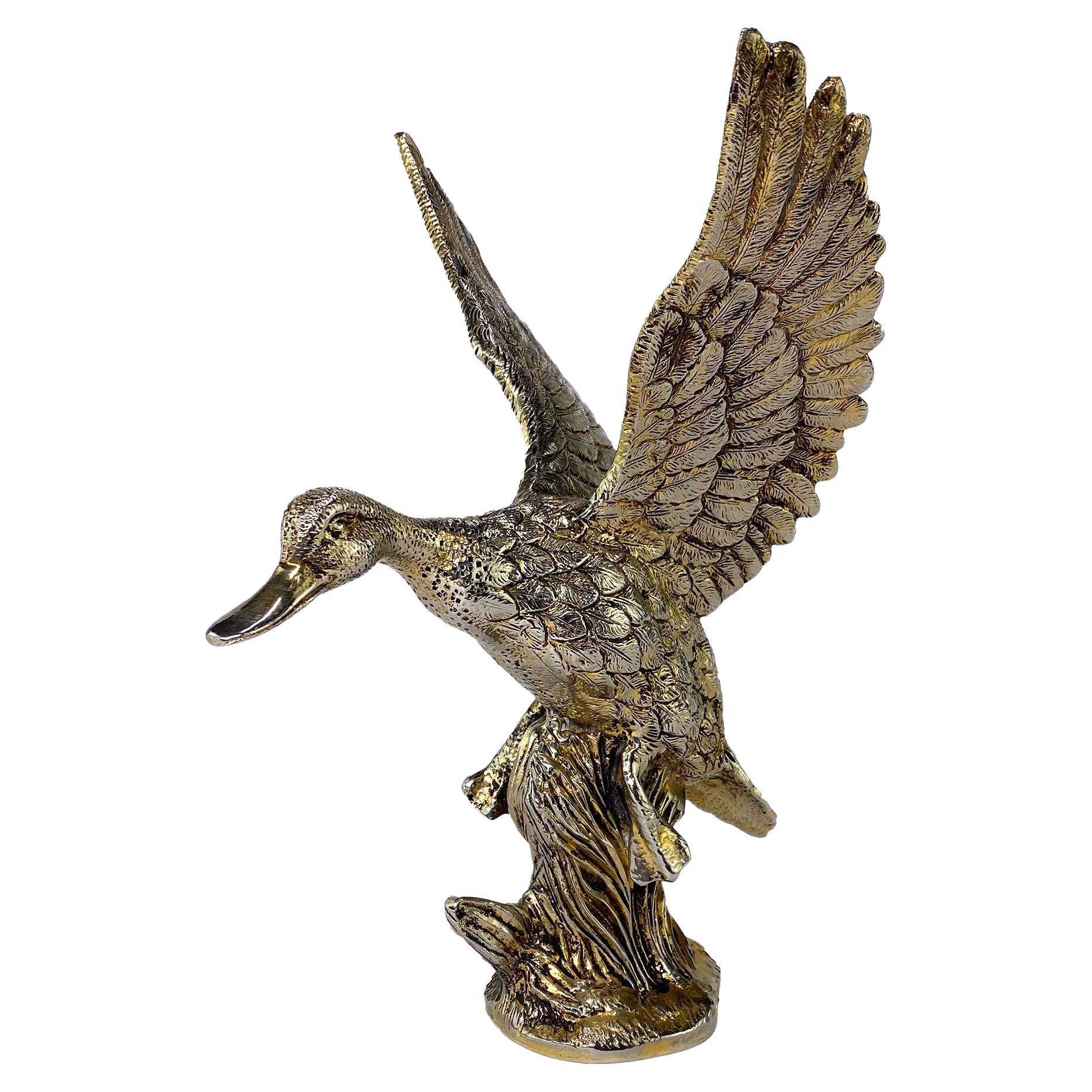Items Similar to Antique 1920-40 Surrealist Sculpture Unique Set Hammered SteelWire Female Torsos
Want more images or videos?
Request additional images or videos from the seller
1 of 13
Antique 1920-40 Surrealist Sculpture Unique Set Hammered SteelWire Female Torsos
About the Item
This antique Surrealist sculpture set of two one-of-a-kind female figurines was handmade in hammered steel wire with patina estimated as early as the 1920s. Each ribald three-dimensional self-standing torso study of a woman features either three spiral springs (suggesting pregnant belly with large breasts) or convex X-arrangements (defining bra and panties).
The dimensions of each sculpture are similar at around 13.5H x 3.5W x 3.5D inches, while the bottom four loops of wire can be slightly adjusted to balance on a tabletop. Although in a figural style distinctly made by the same person, the unique wound wire patterns do not match in length, tightness, spacing and/or attachment point.
Lack of provenance for these apparently unsigned art works has prevented attribution to date. They were acquired from a Chicago-based owner along with haute-couture accessories by 20th-Century European designers dating between the 1920s-1940s. So ideas have ranged from an Elsa Schiaparelli fashion collaboration to artist Alexander Calder, who also designed thousands of unsigned one-off pieces of costume jewelry and tabletop sculptures from hammered wire.
- Dimensions:Height: 13.4 in (34.04 cm)Width: 3.5 in (8.89 cm)Diameter: 3.5 in (8.89 cm)
- Style:Modern Art (In the Style Of)
- Place of Origin:
- Period:
- Condition:Wear consistent with age and use.
- Seller Location:Chicago, IL
- Reference Number:1stDibs: LU3244218170132
About the Seller
5.0
Vetted Seller
These experienced sellers undergo a comprehensive evaluation by our team of in-house experts.
Established in 2012
1stDibs seller since 2022
9 sales on 1stDibs
Typical response time: 1 hour
- ShippingRetrieving quote...Ships From: North Adams, MA
- Return PolicyA return for this item may be initiated within 1 day of delivery.
More From This SellerView All
- Couture MartinMargiela 1998 WorkOnPaper & Artisanal Line0 WhiteLingerie BoxedSetBy Maison Martin Margiela, Martin MargiellaLocated in Chicago, ILAs conceptual art while he transitioned to Hermes Creative Director in 1998, Belgian Martin Margiela--whose creations today debut in the setting of a contemporary-art gallery priced at upwards of EU$150,000--created this stenciled or block print. Conceived by arguably the most culturally influential contemporary fashion designer since Gabriel "Coco" Chanel, it is part of a limited-edition-of-two white-boxed set that includes the couture Maison Martin Margiela "Artisanal Line 0" body-harness lingerie in its maker's signature color white for Spring 1998. The same lingerie--one white and the other black--starred in a film made by Margiela among the five that he screened to present his Spring/Summer 1998 "Flat Collection" in Paris at the Conciergerie. In that film titled "4", which begins with a view of the iconic topless tabi "boots", the hands of Margiela's white-labcoat-clad assistants enter the frame to manipulate different garments on a model who initially wears the exterior lingerie (see our photos) as if jewelry. A simple dark collared coat, a white collared button-down shirt, and a dark button-down cardigan--all with the "displaced neckline" or "displaced shoulder" of the flat-hanging clothes--are transformed into new collarless plunging v-neck garments, which appear to be ruched when folded under the harness of the lingerie. Both black versions of the lingerie are in museum collections. In Martin Margiela's home-country, the ModeMuseum (MoMu) archived its collected piece as OBJ7660. In the 2018 Parisian retrospective exhibition at Musee de la Mode/Palais Galleria when its artistic director was Martin Margiela (working with Curator Alexandre Samson), the second black lingerie was featured on a mannequin and collected the same year by the Vogue Paris Foundation. Other conceptual designs from this same 1998 collection of jewelry were acquired by TheMet museum in Manhattan. Without the restriction of the use and function of clothing, the small uncreased print--on a card that can be removed from the interior-box bottom that it loosely spans--shows the buyer how to endlessly fashion unique tops using the structural-elastic lingerie as an undergarment for their own pre-worn button-down shirts. This is a more obvious example of the once avant-garde concept of anti-fashion upcycling that Martin Margiela introduced to challenge social and fashion-industry norms by the 1990s, which echos the revolutionary anti-art of Marcel Duchamp. Essentially, valuable art/fashion can be made from everyday vintage objects. While Duchamp did so in 1917 with a men's porcelain urinal titled "Fountain" attached to a gallery exhibition wall, they both made the point that it is the way that such items are reassembled that can make the result a progressive statement. What makes the print so special and worthy of framing for display is that, without words, the three numbered images on a single white card encapsulate the before-its-time fashion manifesto of Martin Margiela to recycle fashion in remarkable new wearable ways, such as harnessed by his unique lingerie. According to The New York Times in its 2021 feature-story that reflected on his radical fashion design and delved into his crossover art, Margiela "changed how we dressed in the 1990s", while his art embodies "the visionary man he has always been." At a turning-point shortly after Margiela designed this couture set in 1997, his personal manifesto became more difficult to accomplish in his fashion career as the new leader of France's historic luxury fashion-house Hermes, for which his first womenswear collection was presented for Autumn/Winter 1998. Frustrated by the limitations of the industrialized luxury trade and conglomerate conflicts with his closely guarded privacy, the famously "invisible" designer pre-maturely retired from the fashion industry in 2009 to independently build on his clever artistry in other mediums. Margiela continues to demonstrate what he often told his fashion teams: "The less you have, the more creative you are as a designer." This minimal finely-crafted lingerie without size or gender restriction--composed of adjustable "polya-elasthanne" straps with a clear anti-slip strip on the underside and three silver-plated metal double-rings--can be worn either as a concealed structural undergarment or as a visible jewelry-like body harness in appreciation of its meaning as a foundation for recycling fashion, pure form, and meaningful color. While the initial Maison Martin Margiela ready-to-wear brand tag until the late 1990s was a distinct corner-sewn unbranded white label accompanied by tags for origin and materials/care, the couture version for this lingerie is a single tiny white unbranded tag stitched in a line near the end of the waist strap, noting in English, "Made In France," with succinct material/care identification. The set's original white unbranded box and its white black-typed couture-identification sticker complete the "invisible-brand" aesthetic. We interpret the black-type codes on the aged box-sticker (“E98 ST HAUT; Struct Elas Blanc; 02; TU"): Spring 1998 Haute Couture; white structural-elastic garment; Artisanal Line 0 edition of two; one size only. The print, lingerie and box are in very good condition as shown in the photos with only one mark on the rear edge of the exterior box-lid. Although initially tried on by the sole owner to realize a restructured shirt, the lingerie body-harness was never worn. It was collected in Belgium at the Brussels boutique where Martin Margiela initially sold his brand with his founding business-partner Jenny Meirens since 1988. Prior, Margiela worked for several years as a fashion-design assistant to Parisian Jean Paul Gaultier. Both designers have since received independent museum retrospectives internationally--from Paris' Grand Palais and Musee Palais Galliera (The City of Paris Fashion Museum) to NYC's The Brooklyn Museum and Antwerp's MoMu. While others continue to try, Martin Margiela (b.1957) is the only leading fashion designer to have made a full-time transition to the commercial contemporary-art world with such highly valued works. As a rare revealing piece of both fashion and art history, the increasing value of this Maison Martin Margiela 1997...Category
1990s French Sculptures
- MontblancMeisterstuckClassique Germany Gilt BlackResin Rollerball Pen with InkBy MontblancLocated in Chicago, ILThe best-known writing instrument of all Montblanc collections, this Meisterstuck Classique features six gilt rings and clip on the black-resin rollerball pen with a pull-off cap, un...Category
20th Century German For The Desk
- Antique Japanese WovenSilk PaintedCeramicOjimes Beadwork Embroidery InroLocated in Chicago, ILThis rare antique Edo-period (1615-1868) Japanese handmade inro is a curved lozenge-shaped hand-dyed woven-silk hard carrying-case container sheath that features intricate embroidery with rock-crystal or glass beadwork and thin leather-wrapped thread appliques. For its "Kimono Style" exhibition, TheMet museum noted: "the dying, weaving, and embroidery techniques for which Japan is famed reached their peak of artistic sophistication during the Edo period." On the burgundy finely-braided silk obijime cord that suspends the inro hang adjustable ojime fasteners of glazed earthenware, which are hand-painted with underglaze and overglaze enamels. The imagery includes signature-like branches, mountains, and a pine tree. Each knotted end of the cord dangles from the bottom of the inro with two rice-paper tubular beads. We could not find any Japanese beads...Category
18th Century Japanese Decorative Objects
- Vintage EnameledSilverHeartPendants Linked AdjustableChain Decor Belt NecklaceLocated in Chicago, ILThis vintage amusing enameled silver pendant adjustable-chain unsigned necklace, belt or novel interior decoration features heart-shaped two-inch-long links painted in six colors of ...Category
Late 20th Century Decorative Objects
- Hermes Designer Adnet 1920s French ArtDeco Set 6ShotGlass Metal&Rosewood CarrierBy HermèsLocated in Chicago, ILWith characteristic combination of materials, construction, and sleek shape by French designer Jacques Adnet before he gained fame designing furnishings for Parisian luxury fashion h...Category
1920s French Barware
- France LimitedEdition 1878Mignot 9LeadFigurines BoxSet Can-CanStageBar CuriosityLocated in Chicago, ILTitled "French Can-Can", this rare limited-edition signed boxed unfolding-stage complete set with nine miniature hand-painted lead and pewter cabaret figurines was originally a one-o...Category
Late 20th Century French Curiosities
You May Also Like
- Ottoman Style Turkish Silver Brooch or Veil Pin with Moorish FiligreeLocated in North Hollywood, CACollectible ottoman style Turkish German silver brooch or veil pin with Moorish filigree. Middle Eastern collectible silver jewelry brooch pin in circular form. Stunning 1940s brooch...Category
Early 20th Century Turkish Decorative Objects
- 1920s Jean Verschneider Large French Bronze Sculpture DANCER WITH BEAR CUB RareLocated in Boston, MAJean VERSCHNEIDER (1872-1943) Danseuse à l'ourson (Dancer with Bear Cub) Large bronze proof with brown patina Antique edition cast, no mark or foun...Category
1920s French Sculptures
- Lalique Swan Head Up Pure Crystal SculptureBy LaliqueLocated in Miami, FLMightychic offers a Lalique pure crystal satin finish coveted Swan Up sculpture. First designed in 1943 by Rene Lalique this ethereal swan is depicted gliding with her wings back an...Category
21st Century and Contemporary French Sculptures
- Lalique Swan Head Down Pure Crystal SculptureBy LaliqueLocated in Miami, FLMightychic offers a Lalique pure crystal satin finish coveted Swan Head Down sculpture. First designed in 1943 by Rene Lalique this ethereal swan is depicted gliding with her wings ...Category
21st Century and Contemporary French Sculptures
- 1970s Gucci Mallard Duck Figural Metal Sculpture PairBy GucciLocated in West Hollywood, CAPresenting a set of silver mallard duck sculptures from the 1970s. The metal models take the country and equestrian influences of early Gucci and elevate them making them chic and shiny. These statues feature two different ducks taking flight in grass. The sculptures are substantial in weight and could potentially be used as bookends but make stunning pieces of decor without serving any utility. From the early days of Gucci home decor...Category
1970s Italian Sculptures
- 1970s Gucci Mallard Duck Gold Washed Metal Figural StatueBy GucciLocated in West Hollywood, CAPresenting a gold-washed mallard duck sculpture from the 1970s. The metal model takes the country and equestrian influences of early Gucci and elevates the...Category
1970s Italian Decorative Objects
Recently Viewed
View AllMore Ways To Browse
1950s Fashion Woman
Wire Spiral
1950s Haute Couture
Couture 1920
Antique Female Figurines
Female Torso Large
Woman Torso Sculpture
Antique Bras
1920s Haute Couture
Pregnant Sculpture
Bras Sculptures
Schiaparelli Couture
Schiaparelli Haute Couture
Haute Couture Elsa Schiaparelli
A Danel
Austin Inc
Detachable Bag
Neutral Bags
